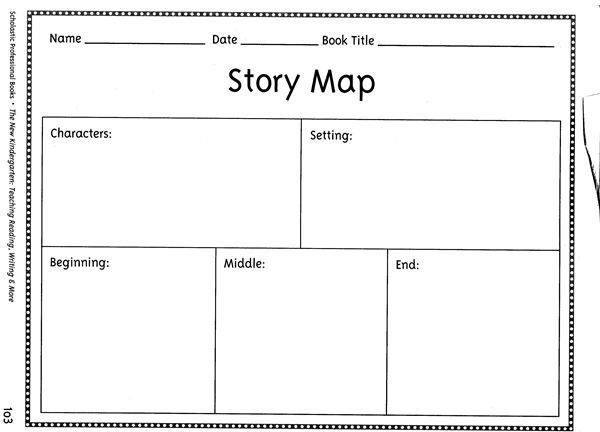

The course that events took comes across so lucidly that without any elaborate discursive foray into any particular aspect, the reader gains a clear insight into what happened and why.

In the course of narration, one gets to know the principal actors, their actions and opinions, the reasons why they acted in a particular way. Rather, it aspires to an objective narration of all the major events that had a bearing on the political and military course of the conflict and succeeds immensely in that aim. Murari’s book is one more addition - and a very useful one at that - to the growing body of literature concerning the conflict, and its biggest virtue is that it does not weigh heavily on the reader by claiming to offer a complex analysis or a polemical re-reading of recent events. Veteran journalist and Sri Lanka watcher S.

Much of this summary of Sri Lanka’s recent history is known, especially the events concerning the six-year peace process, and the way in which it unravelled and led to a bloody climax over a year and a half. A festering ethnic problem, a seemingly endless armed conflict, diplomatic machinations driven solely by contemporary concerns with little regard for long-term effects, an ill-thought-out military intervention foredoomed to failure, subverted agreements, a difficult peace process, a senseless, no-holds barred war and a brutal denouement that left thousands of civilians dead and the original question unresolved.


 0 kommentar(er)
0 kommentar(er)
